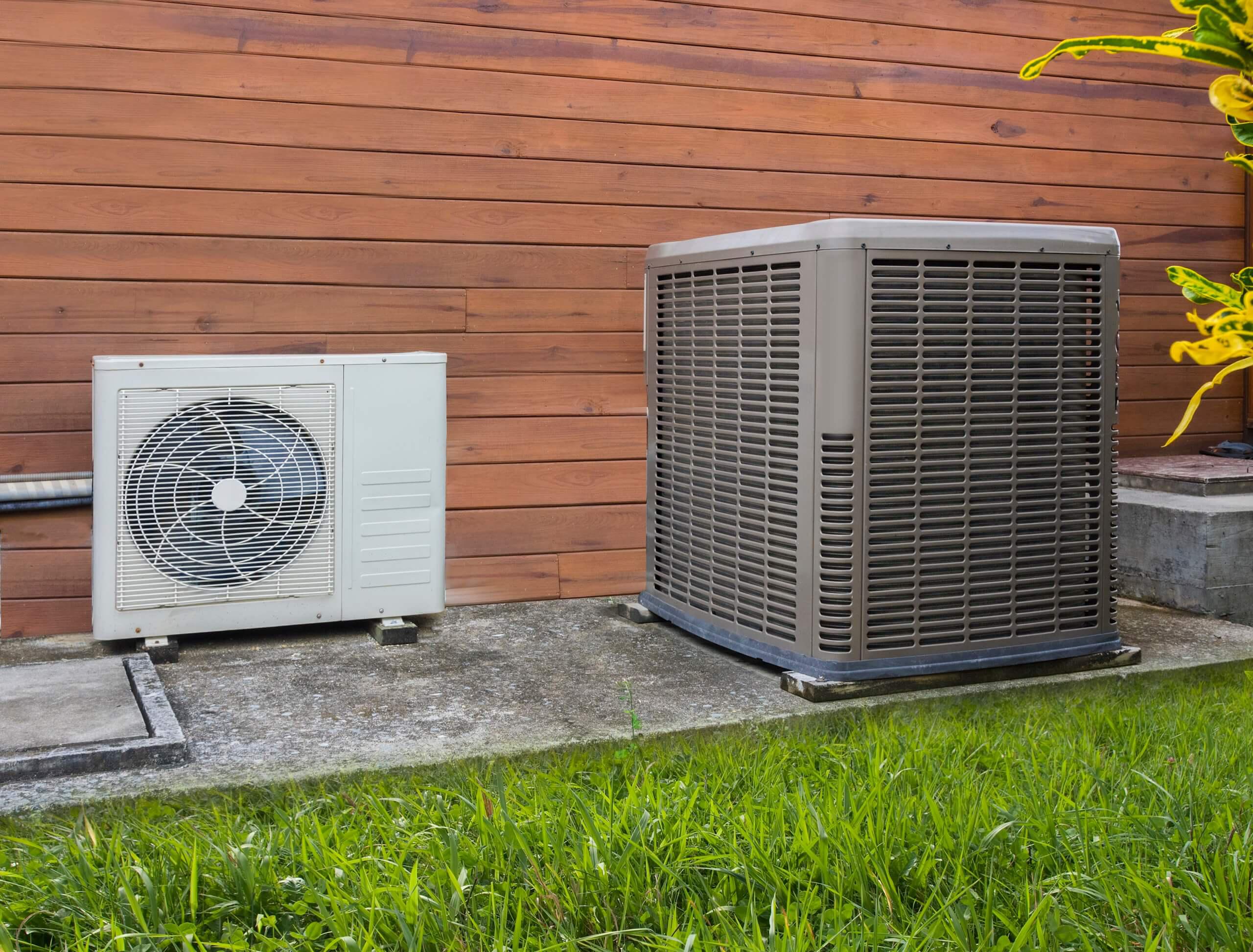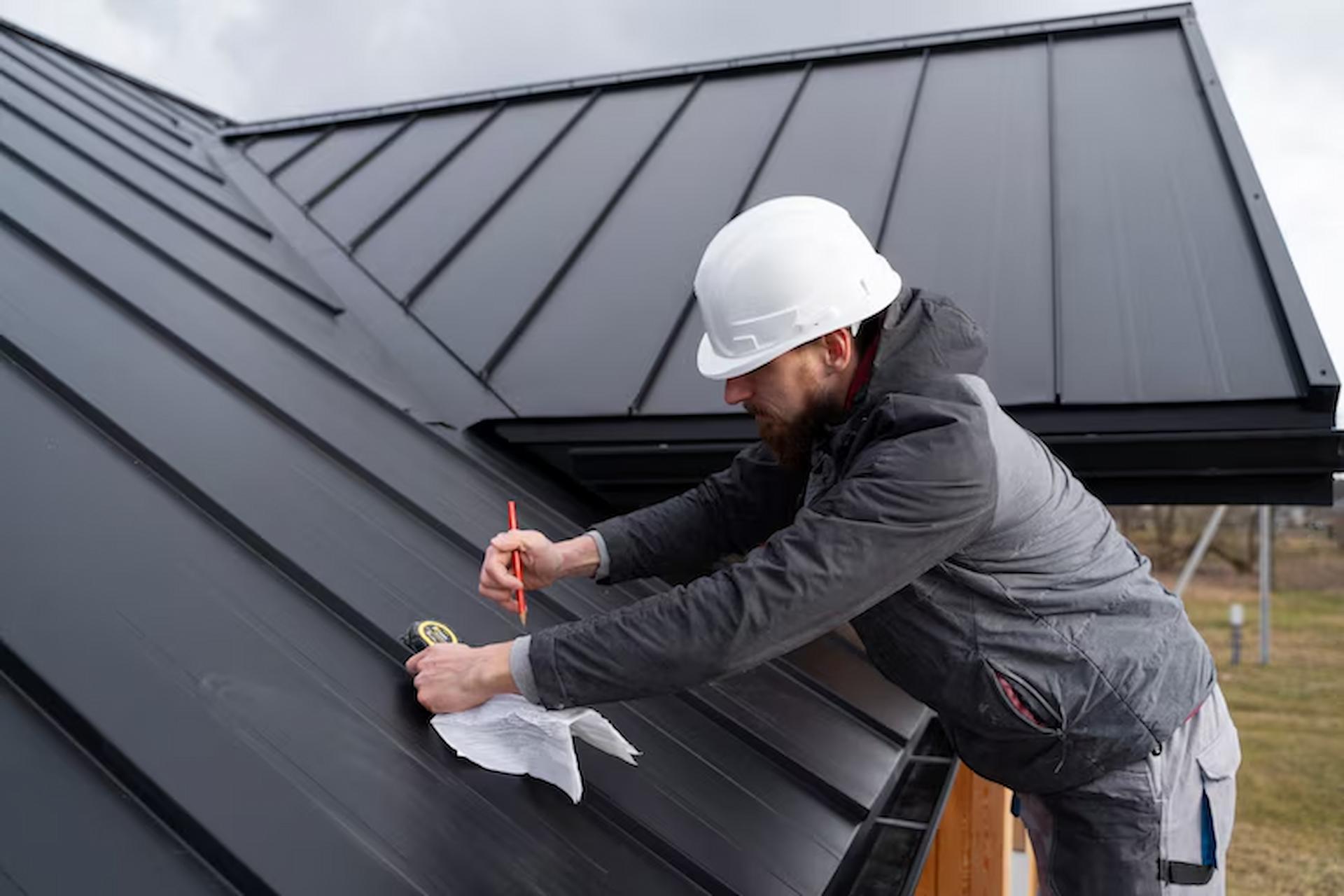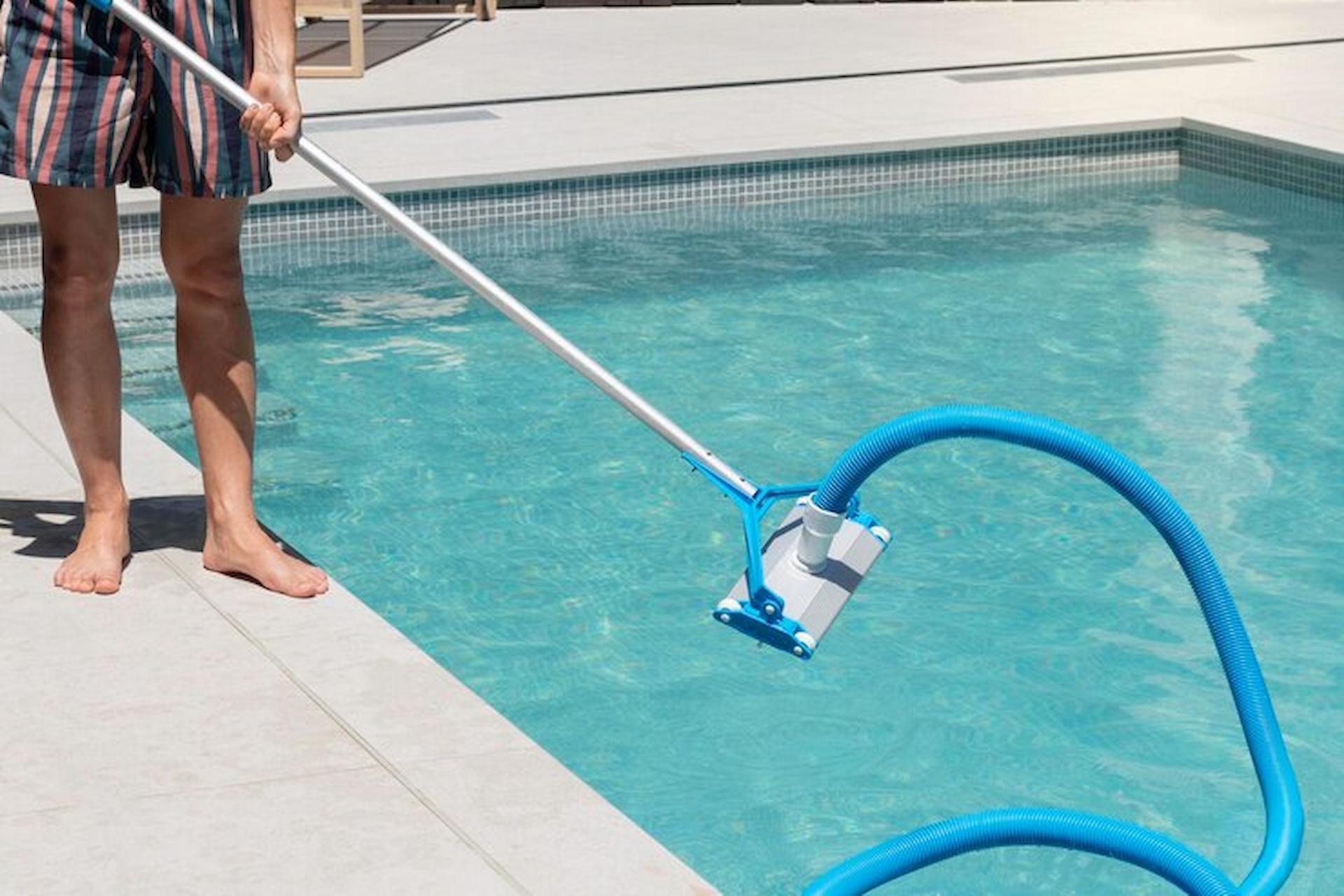Naturally, heat energy flows from high-temperature spot to lower-temperature one. Natural heat phenomenon could be conduction, convection, or radiation. Whereas to be able to move heat from lower-temperature media to high-temperature media, the heat energy transfer requires special effort so that it can fight natural heat transfer. To be able to do the flow, a special tool called heat pump needed.
The heat pump is a tool for moving heat energy from a heat source, to a destination medium termed “heat sink.” Heat pumps are designed to absorb heat energy from cold-temperature chambers and throw it into hotter space. This tool will require an external power supply so it can move energy from a heat source to a heat sink.
One kind of the heat pumps that are familiar to us is air conditioning (AC). However, AC is only one form of heat pump applications. In addition to air conditioning there are several other types of known heat pumps. The classification of heat pumps is based on different working principles. Here are the following:
Mechanical Refrigerator
The mechanical refrigerator or also known as a mechanical heat pump uses the properties of a volatile and condensable special fluid. The fluid is made to do a cycle so that it can absorb heat in cold air, and throw it in hot air. Refrigerant is compressed to make it hotter in hot air areas, and refrigerant pressure is released to absorb heat into cold air environment.
A refrigerator system is composed of four main components: a compressor, a condenser, an expansion valve (also called a check valve, and a metering device), and an evaporator. The refrigerator cycle begins with the inclusion of thermodynamically saturated vapor to the inlet side of the compressor. Through the compressor, the refrigerant will be compressed to increase pressure, while also making the temperature increased. Thermodynamically, this hot and compressed refrigerant enters the superheater steam phase.
When the superheater enters steam phase it is a good time to remove the heat contained in the refrigerant to the cooling medium such as air or water. The heat dissipation from the refrigerant can occur because it is aided by fan usage. This heat dissipation process occurs in the condenser component.
One of the unique properties of the refrigerant is volatile, which means it has a low boiling point. It is this property that makes the refrigerant easy to reach the superheater phase when compressed, and immediately turns phase to liquid after experiencing cooling in the condenser. Thermodynamically, the liquid phase of this refrigerant is called the liquid saturation phase. Furthermore, this liquid refrigerant will pass through an expansion valve so that the pressure drops suddenly. Decreasing the pressure of the refrigerant fluid will lead to phase change adiabatically to steam again. This drop in refrigerant pressure will be followed by a decrease in the temperature of the refrigerant so that it reaches a cooler temperature than the air of the room to be cooled. The installation of heat pump system needs to be done carefully and also by the professionals, and is recommended.




